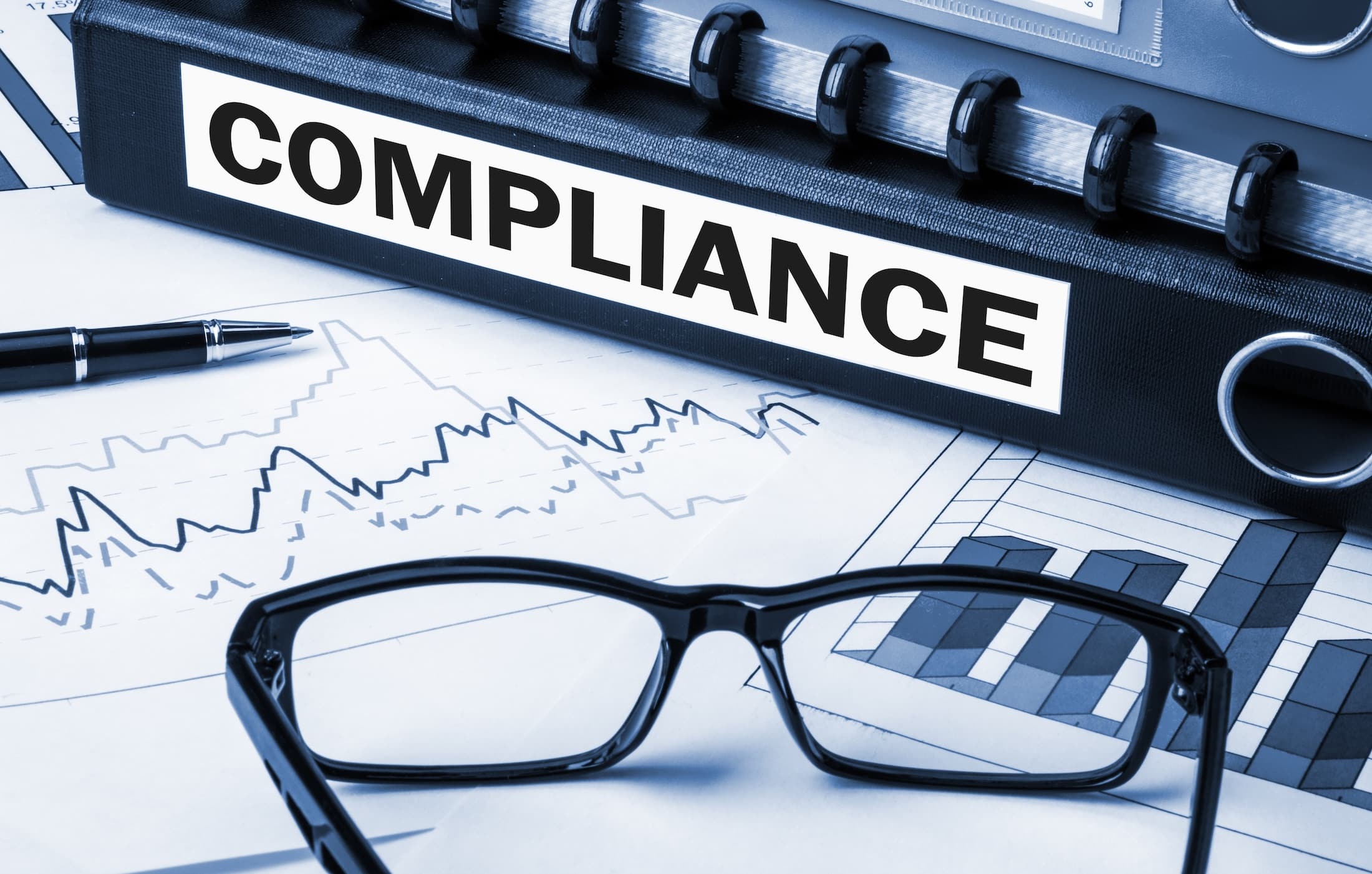Creating a crisis management response plan is something most organizations don’t want to think about. Numerous studies also confirm that only about half of all organizations have any kind of crisis plan in place. Make sure your company is prepared.
If your company is one of the 51 percent of organizations that admits to not having crisis management plan in place, now is the time to sit down and start planning. The very future of your business could depend on it.
Where should you begin? If you’re new to the process, building crisis management and response plan likely seems like a daunting task.
Here’s how to get started:
1. Assess your risks – The first step is risk assessment, which identifies potential crises that would disrupt your business function and/or processes. Work with members of leadership, your crisis response team, and other key stakeholders to begin listing all relevant threats and vulnerabilities that could impact the company. These might include public relations blunders, social media gaffes, product recalls, cyberattacks, data breaches, and more.
2. Determine the business impact – A business impact analysis (BIA) is a way to quantify the potential impact of a business-disrupting crisis. Working your way through a BIA can reveal a variety of potential effects, including:
• Customer dissatisfaction or attrition
• A damaged reputation in the public eye
• Lost or delayed sales or income
• Increased expenses (for example, as a result of paying for overtime labor or to expedite shipping of products)
• Regulatory fines
A BIA is an important step to make sure your organization is truly considering every angle of a threat, and it can help to make a business case to anyone who doesn’t see the value of crisis management plans. Ready.gov offers a free BIA template that can help guide you through the process.
“While every crisis is different, there are some common characteristics. Understanding the common characteristics of crises will help you develop a practical & reliable response plan for your business.”
3. Identify contingencies – Now that you have determined what risks could impact your business and how, begin identifying which actions will help your company to respond effectively to each crisis scenario. Think about the steps that would be required to resolve a given crisis, what resources would be required, and how employees can help.
For example, a plan for a social media blunder might include your digital team issuing statements across all your social media platforms, while your customer service team is briefed on what to say on incoming calls. Meanwhile, a crisis plan for a product recall may require help from IT and logistics to determine how to fix the problem, while customer service, sales, and public relations work together to answer customer questions and maintain the company’s good standing.
4. Build the crisis management & response plan – Once you’ve determined an effective contingency for each potential crisis, key employees, such as department heads, can help to provide insight into available resources and potential hurdles. For certain crisis scenarios, you may also need input from outside parties,
such as contractors and partners that work closely with your business.

As you work your way through the plan, keep in mind any relevant regulatory requirements and determine how you will continue to meet them, even in the midst of a crisis. For example, if your organization must remain compliant with the Health Insurance Portability and Accountability Act of 1996 (HIPAA), be sure to account for this regulation in each crisis scenario.
To begin your communication planning, start here:
• Build the team – Appoint the crisis communications lead person who is responsible for ensuring all tasks are completed. Assign a spokesperson to answer any media inquiries (i.e. association president).
• Practice and create a worst-case – If one does occur, the meaning of a “crisis” in your organization will be defined ahead of time, along with a determination of how you will operate during the situation.
5. Familiarize users – It’s important that all employees understand their roles during a crisis. Remember, stress and panic can make it difficult to remember your role in a crisis response; however, there are two ways to mitigate the effects of stress.
First, ensure that your employees have the information they need. During the tense moments of a crisis, people require very quick access to straightforward information. Consider ways to quickly and effectively distribute a crisis plan, such as through a crisis management app, which includes real-time access to up-to-date documents, incident reporting, contact lists, messaging capabilities, and more.
Second, be sure to frequently train your employees on your crisis management plan. Stage regular tests and rehearsals to ensure that every individual is familiar with the plan, can respond confidently, knows where to get additional information, and understands his or her role.
6. Revisit the plan – Once your plan is written and approved and has been tested, be sure to revisit it frequently. It’s vital to keep the plan up to date, especially as employees join or leave the company, new technologies are implemented, and other changes occur. It can be helpful to review and test the plan at least a few times a year to keep the content fresh.
When a crisis occurs, jump on it right away. Don’t point fingers – it’s time to take responsibility and retain the trust. Follow these steps:
• Assess the situation and examine the facts as soon as possible.
• Determine appropriate action or response. Make sure both your internal and external messages match.
• Create a plan of action for communications. Proactively reach out to all employees as soon as possible.
• Craft a statement using factual, detailed messages that reflect the status.
• Prepare talking points and provide a script for anyone receiving incoming calls.
• If necessary, distribute a press release. Additionally, update your website and post updates on social media.
• Document crisis details, actions taken, responses, and resolutions.
• Evaluate message effectiveness in real-time.
• Post-crisis, communicate with stakeholders so that everyone is aware of the resolution.
• Always evaluate all crisis communications efforts. Learn from mistakes.
































Leave A Comment
You must be logged in to post a comment.